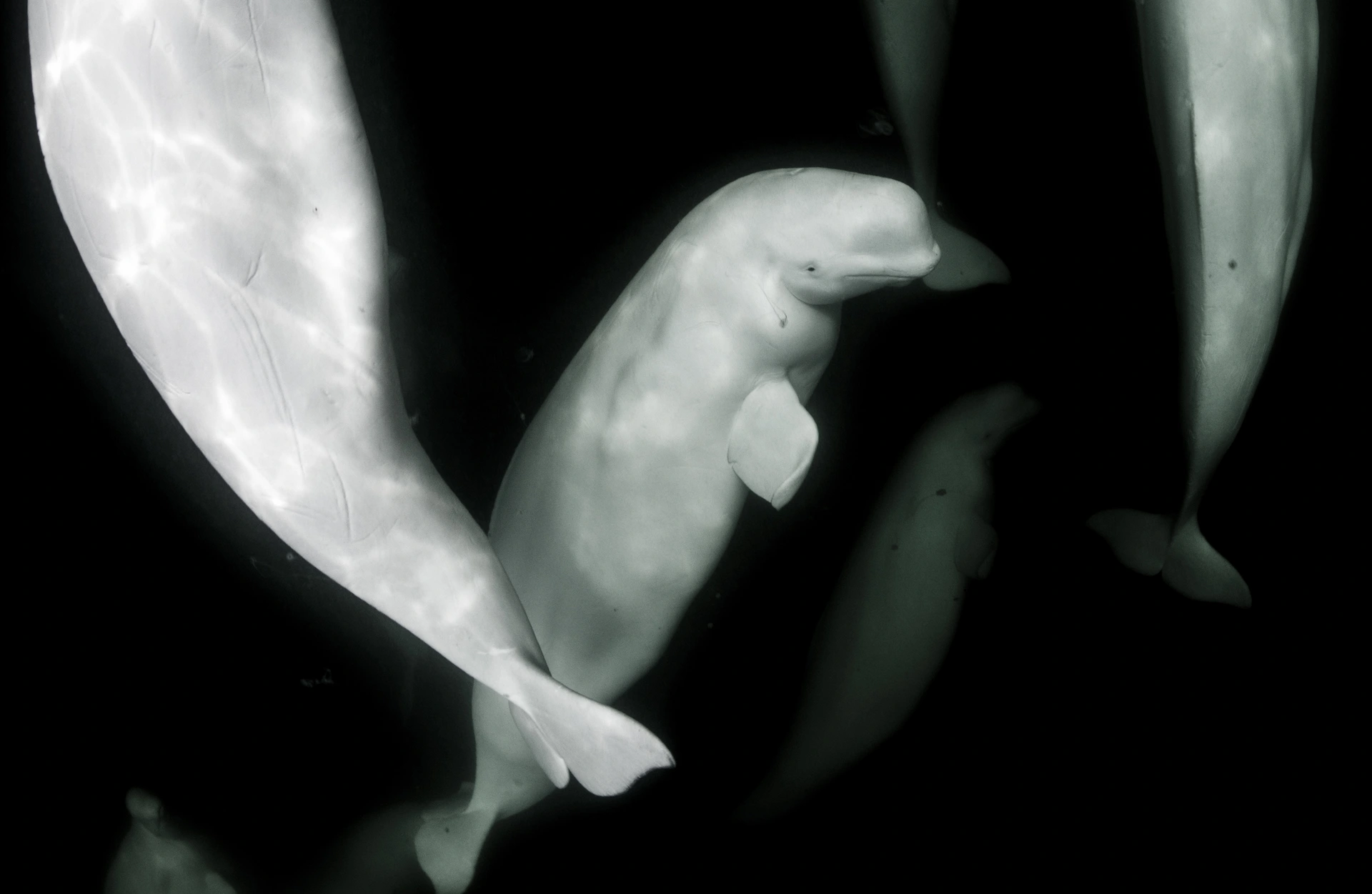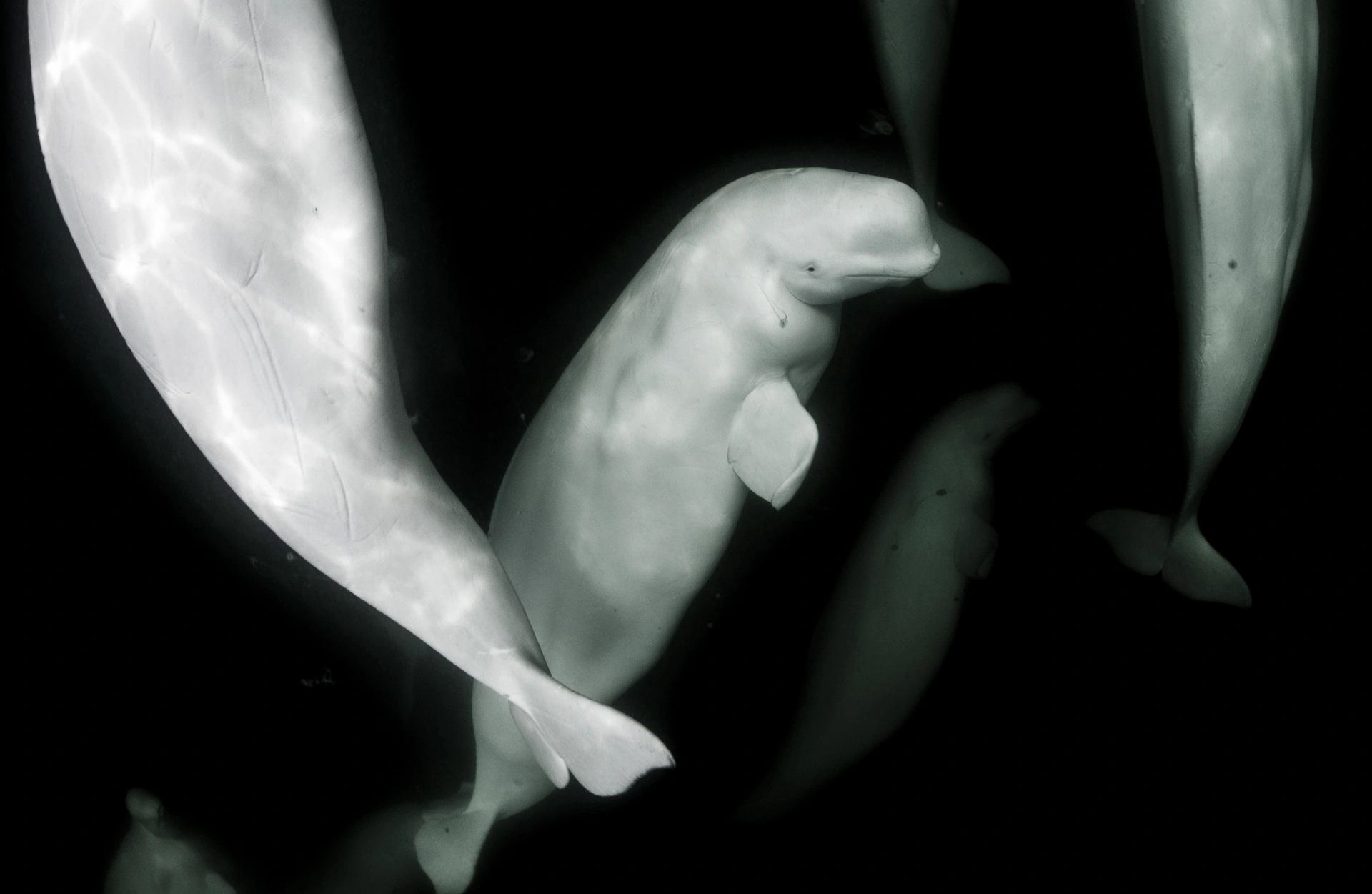
Wildlife Fact Sheet
Beluga Whale
Delphinapterus leucas
About
Known for their distinctive white color, belugas live in the chilly waters of the Arctic and subarctic. Unlike other whale species, the bones in their neck aren’t fused together so they can move their heads up, down and side to side. Belugas can even make different facial expressions—just like humans!
Beluga whales are incredibly well adapted to the Arctic environment—a five-inch-thick layer of blubber and dorsal ridge help them navigate through the harsh icy waters. To find food, they look for fish and invertebrates in the water column and on the seafloor. Belugas are good swimmers too—they can dive for 25 minutes to depths up to 800 meters.

Did You Know?
The word “beluga” comes from the word “bielo” which means white in Russian. Belugas are actually born dark gray—it can take up to eight years before they turn all the way white.
Join our mailing list
Status and Conservation
Beluga whales are extremely social animals. They like to gather in groups called pods, which can range from just a few to hundreds of whales. They are very vocal—they use a series of squeaks, clicks and whistles to communicate with each other, find food and figure out where they are under water. You couldn’t listen along, however: some of their noises are at a low frequency that humans can’t hear.
Fast Facts
- Beluga Whale
- Beluga Whale